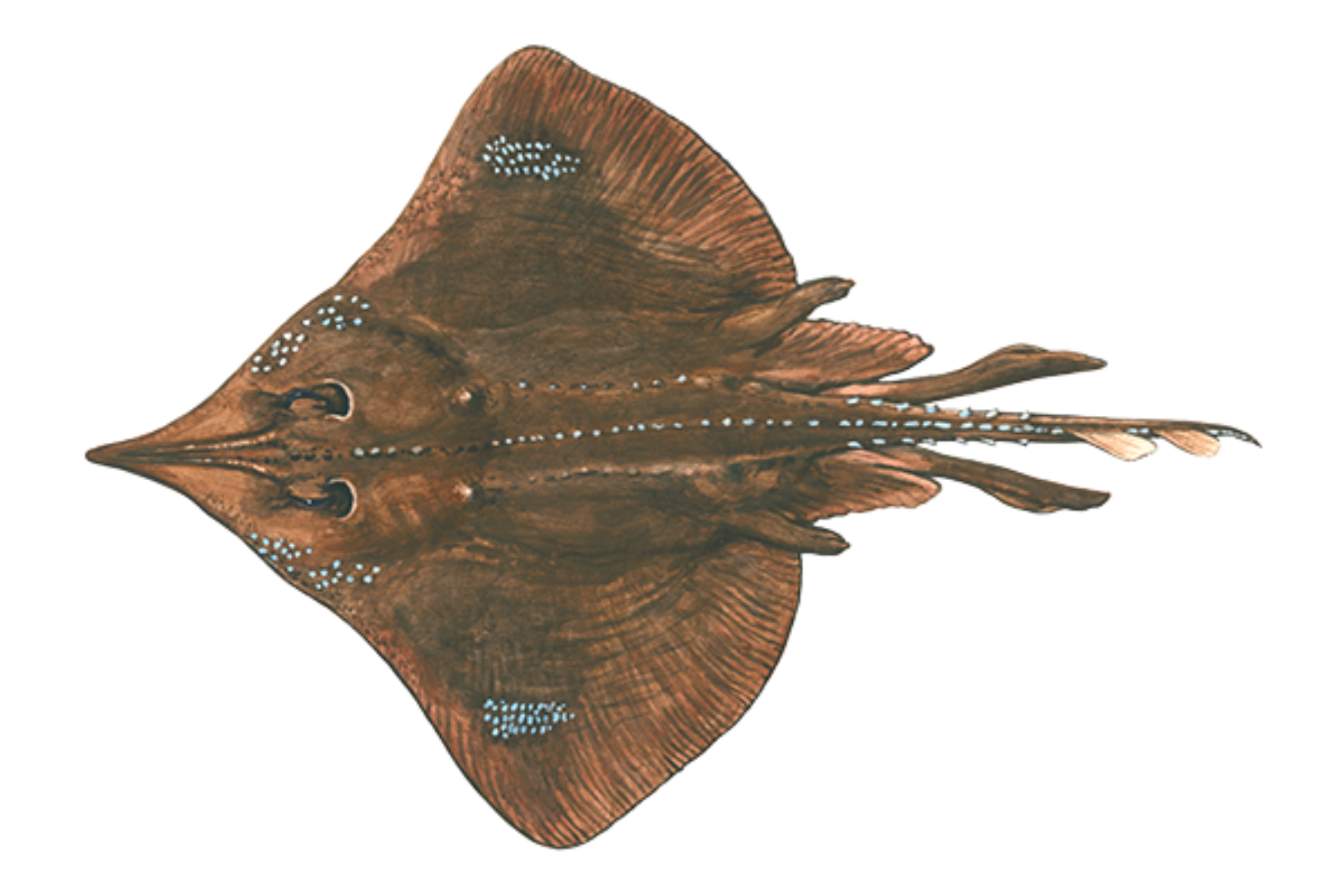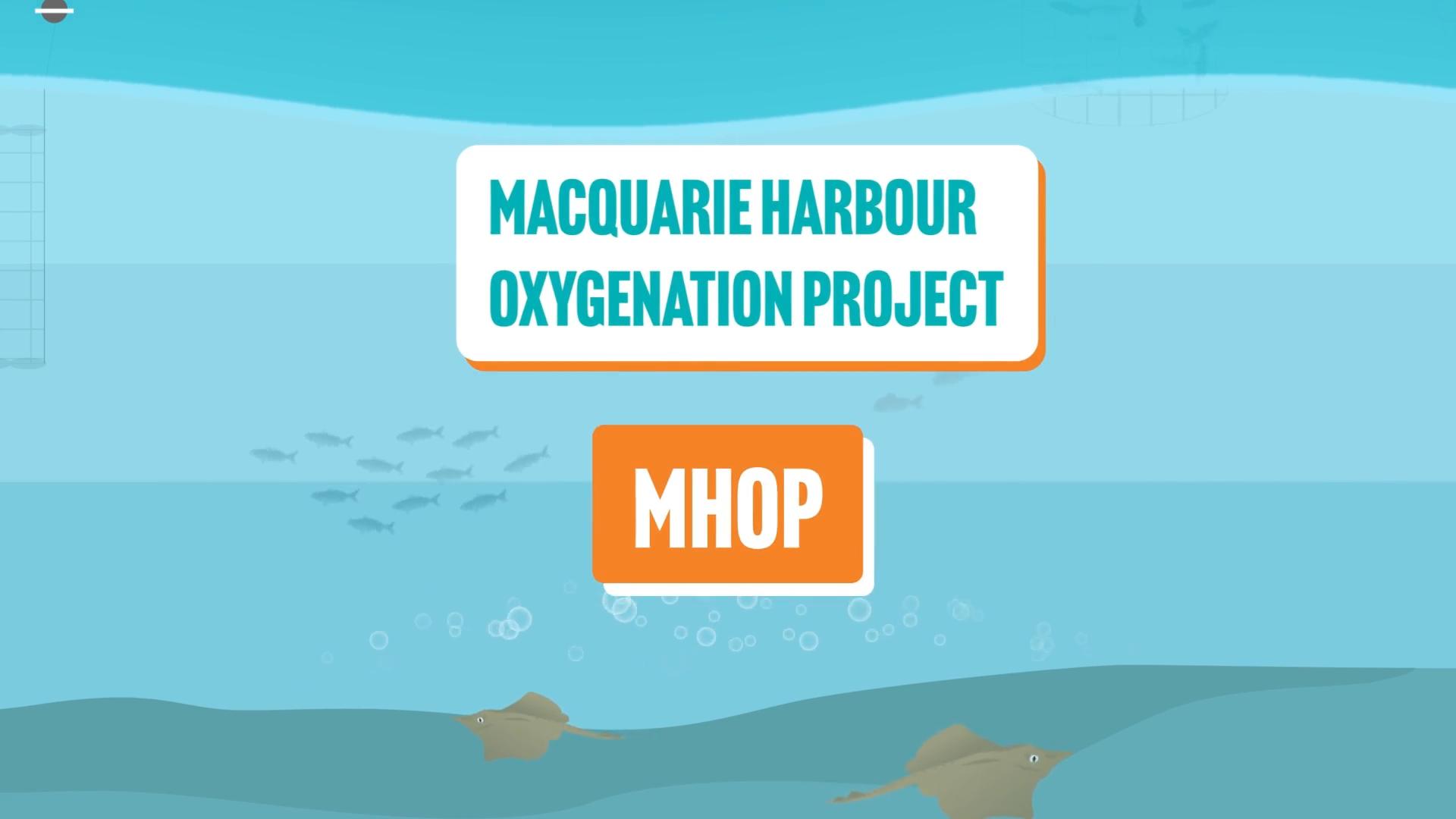Tasmanian’s have been farming salmon and ocean trout in Macquarie Harbour for 37-years
Tasmania’s world class aquaculture industry was pioneered on the West Coast and the region is integral to the industry’s footprint across Northern and North-West Tasmania.
Around 9,500 tonnes of salmon will be produced in Macquarie Harbour this year. That is less than half what was sourced from the harbour in 2016.
Tasmania’s Environmental Protection Authority (EPA), as independent regulators of the salmon industry, has directed the industry over the past few years to reduce its biomass levels in the harbour to help improve Dissolved Oxygen levels in the harbour.
The industry has fully complied with this reduction. We are very confident the industry is operating in the harbour at an environmentally responsible and commercially sustainable level.
In November, the EPA extended the industry’s environmental licenses to operate in the harbour for a further two-years.
A major Tasmanian employer
Aquaculture in Macquarie Harbour is the livelihood of 400 Tasmanian families.
120 Tasmanians are currently employed full-time on the Macquarie Harbour farms. Half of these workers are permanent residents of Strahan, and the rest are drive-in-drive-out workers living with their families across the State.
To put the industry’s value to the Strahan community in perspective, more than half the students at Strahan’s Primary School this year come from families employed in the salmon aquaculture industry.
A further 140 employees of Tasmania’s three aquaculture companies are engaged in processing and administrative roles across the State directly attributable to the farming on Macquarie Harbour. This includes Petuna and Huon Aquaculture’s processing plants in the Devonport and Latrobe region.
In addition, we estimate aquaculture in Macquarie Harbour supports at least 140 additional full-time jobs in other Tasmanian businesses across the aquaculture supply chain in Tasmania, including in manufacturing, logistics and feed production.
Research by Deloitte found the salmon industry is responsible for 17% of all employment in the West Coast and Latrobe Local Government Areas, and salmon industry jobs pay up-to 73.9% more than the average jobs in these areas.
The Maugean Skate
First discovered in Bathurst Harbour in Tasmania’s South-West in the late 80s, the Maugean Skate is now believed to be found only in Macquarie Harbour.
The Skate is listed as an endangered species under Tasmanian and Australian environmental laws, and recent research by the Institute of Marine and Antarctic Studies (IMAS) indicates the remaining skate population in Macquarie Harbour has declined over recent years.
Macquarie Harbour is a complex marine environment with warming waters, hydro energy, aquaculture, mining legacies, recreational fishing, and introduced species, all influencing the natural habitat for the Skate.
In June 2023, the Australian Government established a National Recovery Task Force made up by scientists and marine experts, representatives of all levels of government, and industries with a presence in Macquarie Harbour, including the Salmon Industry and Hydro, to determine a practical way forward in securing the future for the Skate in its natural habitat.
One of the impacts on the harbour that is affecting the skate is low dissolved oxygen (DO) levels.
There are a range of factors influencing the DO levels in the Harbour such as:
- High volume fresh water inputs from Hydro power generation.
- Treated wastewater from human activity.
- Rising oceanic water temperature.
- Mining runoff through river systems.
- Organic inputs from salmon farming.
For our part, the salmon industry has announced a partnership with the Australian Government’s Fisheries Research & Development Corporation (FRDC), in a major initiative beginning this summer to stimulate DO levels in Macquarie Harbour.
The Macquarie Harbour Oxygenation Program, or MHOP, will see an oxygenator positioned on Macquarie Harbour, injecting very high concentrates of DO into depth. The oxygen will be released through miniscule nano and micro bubbles meaning the oxygen is retained within the harbour system.
This technology is used in marine environments throughout the world, but this is the first time it will be used in Tasmania for environmental and conservation outcomes.

